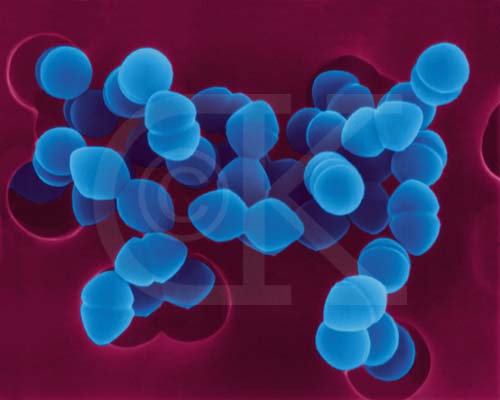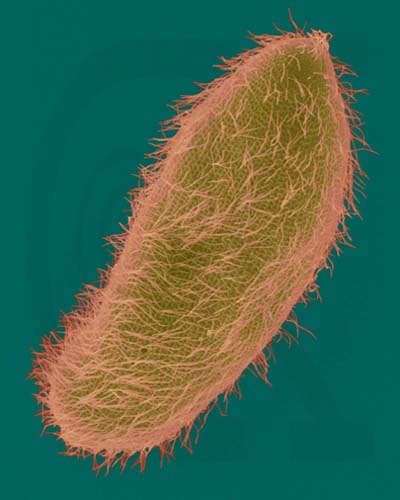Phylogenetic Classification Schemes
Phylogeny is the scientific study of evolutionary relationships among species. It allows
predictions about the needs or weaknesses of one species on the basis of its known relationship to
another
In the second lecture, I told you about the lumpers and the splitters. Well, they are definitely at
work in the area of phylogenetic classification. At the kingdom level, for example, there is
disagreement as to whether or not there are five, six, or three different kingdoms.
The five-kingdom system that was in vogue for many years was originated by Robert Whittaker in
1969:

1. Monera
- Single-celled prokaryotes (bacteria).
- Display great biochemical diversity but little internal complexity.
- Includes producers and decomposers.
Producers are organisms that make their own food.
A decomposer is an organism that causes organic matter to rot or decay.
This animation (Audio - Important) will help you understand the terms
producer, and decomposer.

2. Protista
- Mostly single-celled eukaryotes.
- Photoautotrophs (algae) and heterotrophs (protozoa).
- More internal complexity than bacteria.
Autotrophs are organisms that are capable of making nutrients from inorganic materials.
Photoautotrophs are organisms that derive energy from light and use this energy to synthesize food.
Heterotrophs obtain nourishment by digesting plant or animal matter.

3. Fungi
- Multicelled eukaryotes that feed by extracellular digestion and absorption.
- Heterotrophs
- includes major decomposers
- many are pathogens and parasites.

4. Plantae
- Multicelled photosynthetic autotrophs.
- Producers.
- Form embryos.

5. Animalia
- Diverse multicelled heterotrophs.
- Range from sponges to vertebrates.
In the six-kingdom system, the Monera are divided into the Eubacteria and the Archaebacteria.
This animation (Audio - Important) compares the
three and six kingdom systems.
This animation (Audio - Important) describes the
three kingdom system.
PREVIOUS
NEXT
LECTURE 11 INDEX
MAIN INDEX





